Sinsan Park (신산공원)
2017-11-07
92-12, Sinsan-ro, Jeju-si, Jeju-do
Sinsan Park was opened to commemorate the arrival of the Olympic Torch to Korea for the '88 Seoul Olympic Games but now serves as a resting place for local citizens. It has become a popular location for family outings, and many couples enjoy walking along the paths through the shade of the forest.
Namsan Seoul Tower Hanbok Culture Experience Center (남산서울타워 한복문화체험관)
2021-03-16
105, Namsangongwon-gil, Yongsan-gu, Seoul
Namsan Seoul Tower Hanbok Culture Experience Center is located in the lobby level (B1) of Seoul's landmark Namsan Seoul Tower. The center is designed around the theme of the Joseon dynasty, and features both large photo zones and hanbok of various styles, ranging from traditional to modern and even wedding.
Gyeongsangbuk-do Forest Research Institute (경상북도 산림환경연구원)
2021-02-01
367, Tongil-ro, Gyeongju-si, Gyeongsangbuk-do
+82-54-778-3813
Located at the foot of Namsan Mountain in Gyeongju, Gyeongsangbuk-do Forest Research Institute is a popular spot for field trips and relaxation due to the institute's rare and rural forestry along with well-preserved endangered plants and wild flowers.
Jatyanggi Purunsup Resort (잣향기푸른숲)
2025-01-17
289-146, Chungnyeong-ro, Gapyeong-gun, Gyeonggi-do
+82-31-8008-6769
Located in Gyeonggi-do and home to the nation's largest nut pine forest, composed of trees over 80 years old, Jatyanggi Purunsup Resort is a special recreational forest complex where phytoncide emitted from the pine tree forest creates a healing experience. The forest is located between 450 and 600 meters above sea level on Chungnyeongsan and Seorisan Mountains.
Dinosaur Tracksite of Hwasun, Seoyu-ri (화순 서유리 공룡발자국화석 산지)
2020-02-25
2080, Baega-ro, Hwasun-gun, Jeollanam-do
The Dinosaur Tracksite of Hwasun was discovered in 1999 during a land survery for the construction of Hwasun Hot Springs Area. Most dinosaur tracks found in Korea are located in coastal areas in cities like Haenam and Boseong, so the discovery in the inner region of Jeollanam-do was a first. Most prints here come from carnivorous dinaosaurs of the Cretaceous period. The site is famous for there being tracks from no fewer than five different dinosaurs, as well as for being one of the longest trails and most direct examples of the exact movements of the dinosaurs. The tracks of one dinosaur are the longest in the world, stretching for 40 meters. Based on the foot size of 20-22 centimeters with a stride of approximately 90 centimeters, it is estimated that the prints were formed by a 4-5 meter tall Koolasuchus. In addition to the canivorous dinosaurs, tracks were found of 12 herbivorous dinosaurs, as well as fossilized plants. These plants offer much assistance in the research of herbivorous dinosaur diets.
House of Missionary Blair (선교사블레어주택)
2019-11-27
2029, Dalgubeol-daero, Jung-gu, Daegu
+82-53-661-2193
The House of Missionary Blair was built in in the 1910's for his time of missionary work in Korea, but has been converted into a history museum and education center. The two-story red brick building has maintained its original construction, with only minor changes having been made over the years. The house is very representative of its time, with a brick chimney rising over the roof, and wooden flooring inside. The first floor was made up of a veranda, reception room, living room, bedrooms, dining room and kitchen. The second floor featured bedrooms and a bathroom. The windows can be opened both at the top and the bottom, and the veranda was used as a sunroom. The House of Missionary Blair is a great example of American architecture from the 1900's.
Goransa Ferry (고란사유람선)
2020-02-07
Buso-ro, Buyeo-gun, Chungcheongnam-do
+82-41-835-4689
Goransa Ferry is the best way to understand the history of the Baekje dynasty while enjoying the still waters of Baengmagang River. The ferry passes various historical sites within Busosanseong Fortress, including Cheonjangdae Cliff, Nakhwaam Rock, Joryongdae Cliff, and Jaondae Cliff. Of these sites, Nakhwaam Rock (Falling Flower Rock) is perhaps the most famous, being known as the location where many Baekje women jumped from the cliff rather than be taken captive when the dynasty fell to invading forces. Another key site is Goransa Temple, home to a fountain of natural spring water that was said to prevent aging.
Korea Military Academy (육군사관학교)
2022-08-30
574, Hwarang-ro, Nowon-gu, Seoul
+82-2-2197-6125
Korea Military Academy is a place of strict rules, patriotism, and military cadets. It was extremely difficult for outsiders to visit the academy until 1997, when a special tourism course was created. The course showcases the major sites at Korea Military Academy. Starting from the school information center, visitors can see the museum, memorial hall, and exhibition center in a 1.5 hour course. The Military Museum displays treasures and materials from each branch of the military, while visitors can see the history of the military and lifestyle of cadets at the memorial hall. However, the highlight of a trip to Korea Military Academy is watching the Hwarang Ceremony, a parade of cadets which takes place every Saturday at 11:30. In the ceremony, cadets don their formal uniform to march. Touring the academy at 10 is perfect for watching the parade later.
Yulpo Beach (Solbat Beach) (율포해수욕장(솔밭해변))
2021-07-15
24, Uam-gil, Boseong-gun, Jeollanam-do
+82-61-850-5211
Yulpo Beach is a scenic beach with a 60-meter-wide, 1.2-kilometer-stretch of silver sand between the sea and a forest of 100-year-old pine trees. Despite its location in a small fishing village, the region’s famous green tea and beautiful beaches have resulted in attracting many tourists to Yulpo Beach. The area has become a family summer resort, fully equipped with accommodation and leisure facilities.
House of Missionary Chamness (선교사챔니스주택)
2022-09-06
2029, Dalgubeol-daero, Jung-gu, Daegu
+82-53-661-2193
House of Missionary Chamness was the home of American Christian missionary Chamness and his family. It was built in the Western-style and provides a glimpse into the daily life of American missionaries in Korea. The house, a simple building in comparison with the houses of America at the time, is now considered a very important treasure of Korea's modern history. The building has been converted into a small museum using artifacts from the missionaries to bring the past to life.
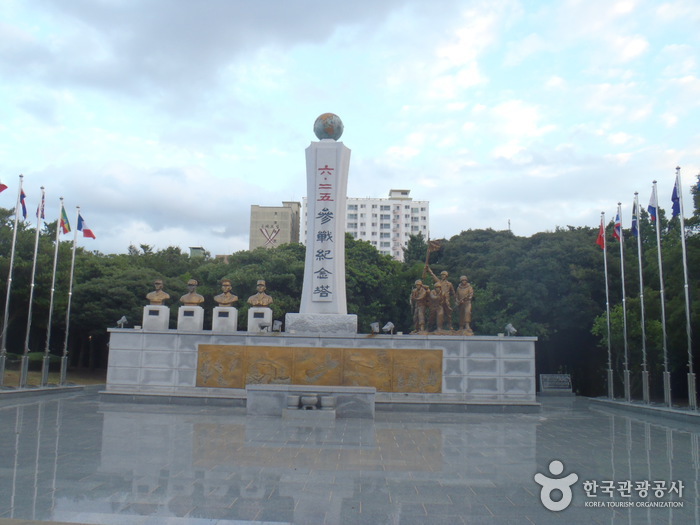
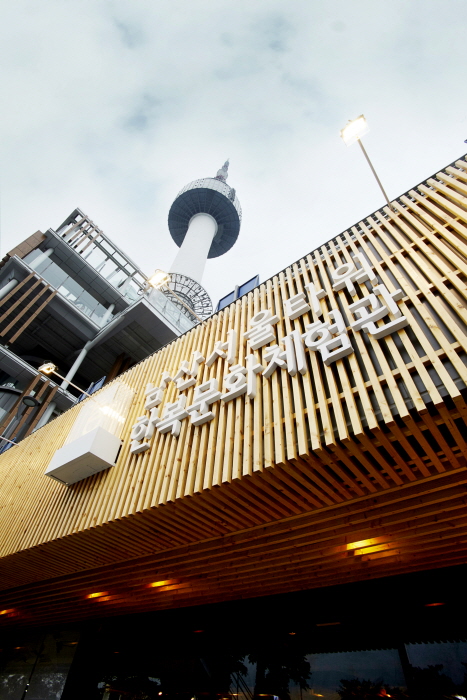
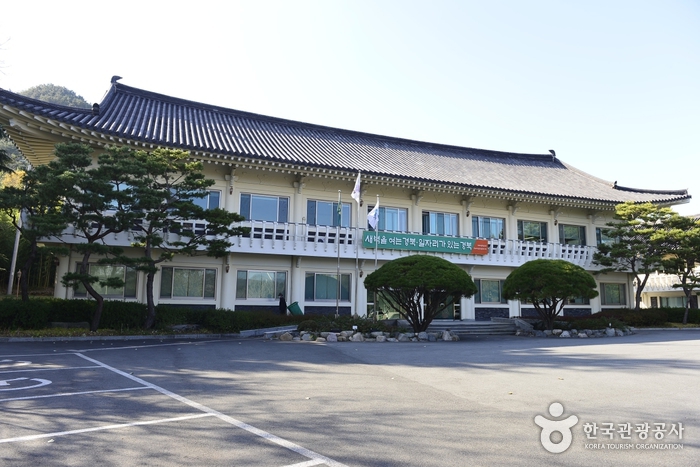
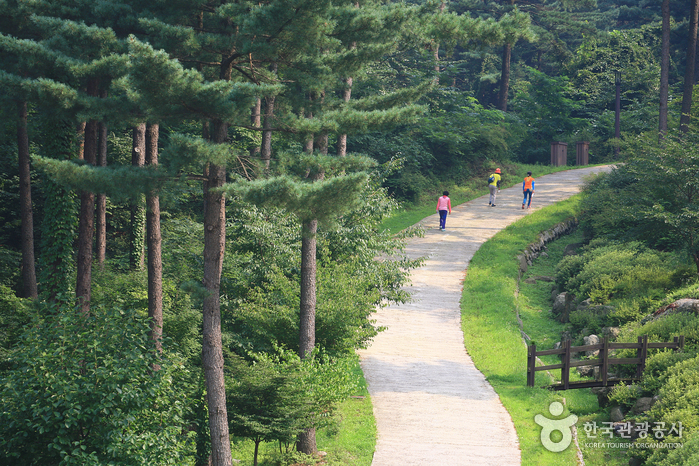
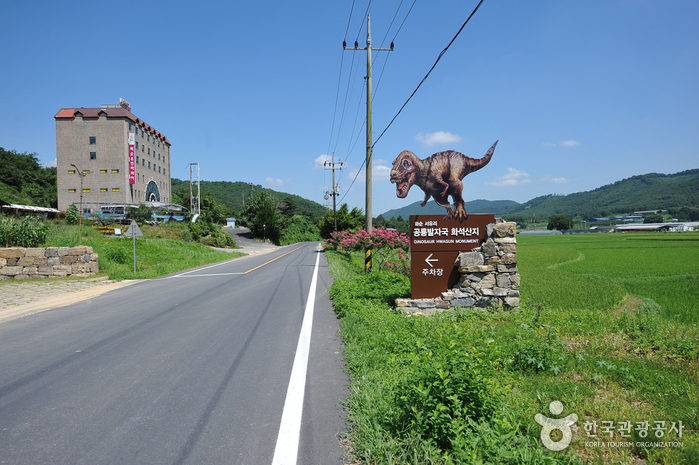
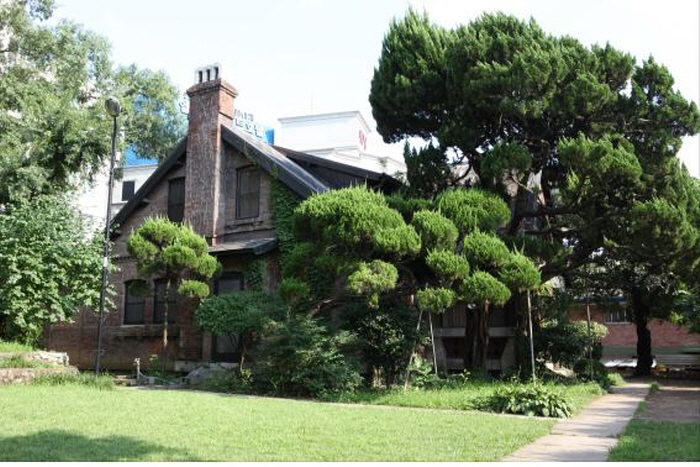

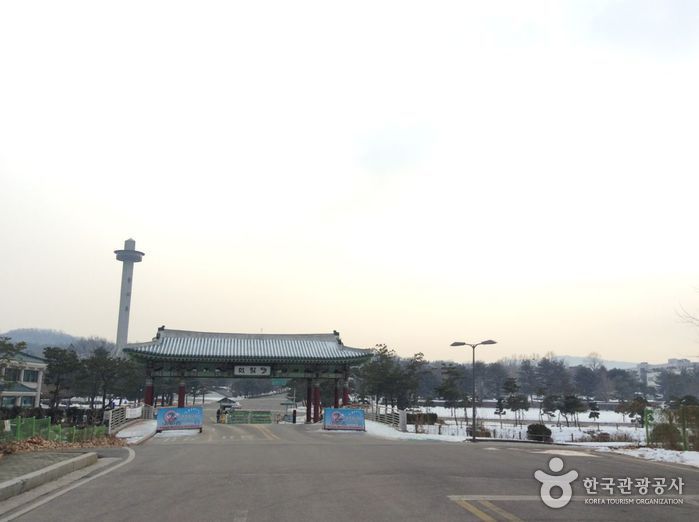

 English
English
 한국어
한국어 日本語
日本語 中文(简体)
中文(简体) Deutsch
Deutsch Français
Français Español
Español Русский
Русский